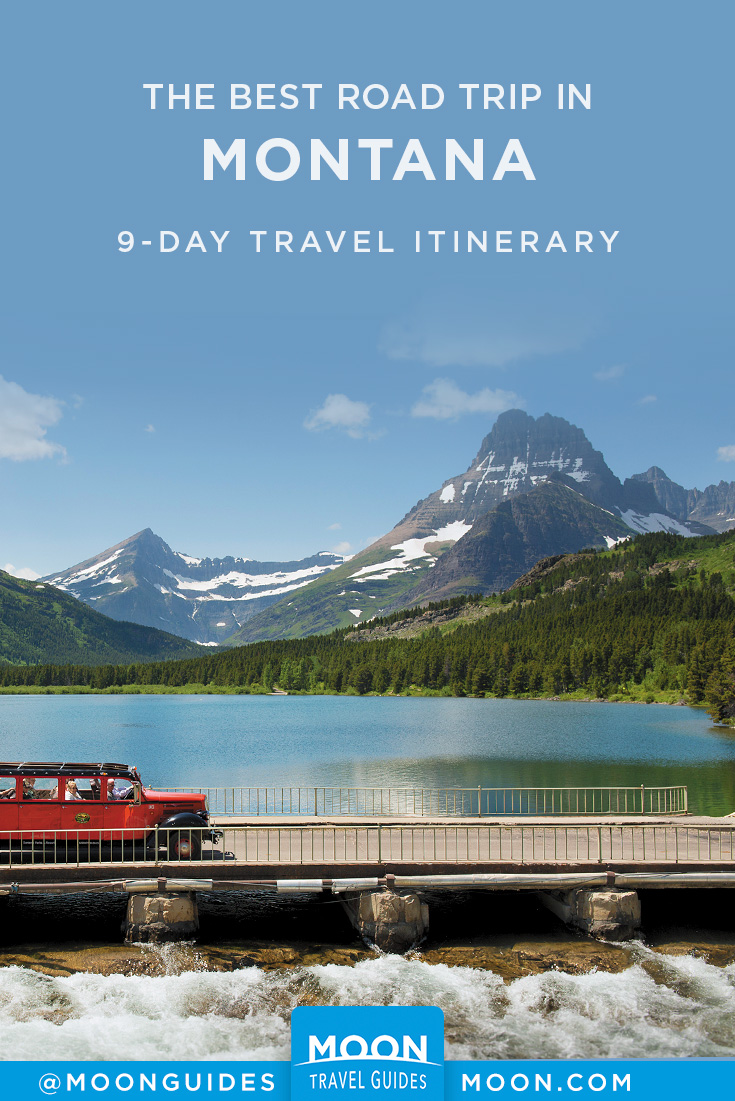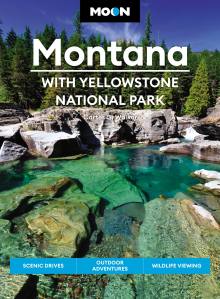Montana’s Best Road Trip
Montana is a big state, but for those who don’t mind doing some driving, it’s possible (indeed, exhilarating) to do a wide-ranging tour. Expect this Tour de Montana to take the better part of two weeks. If you really want to explore any particular area, add more time.
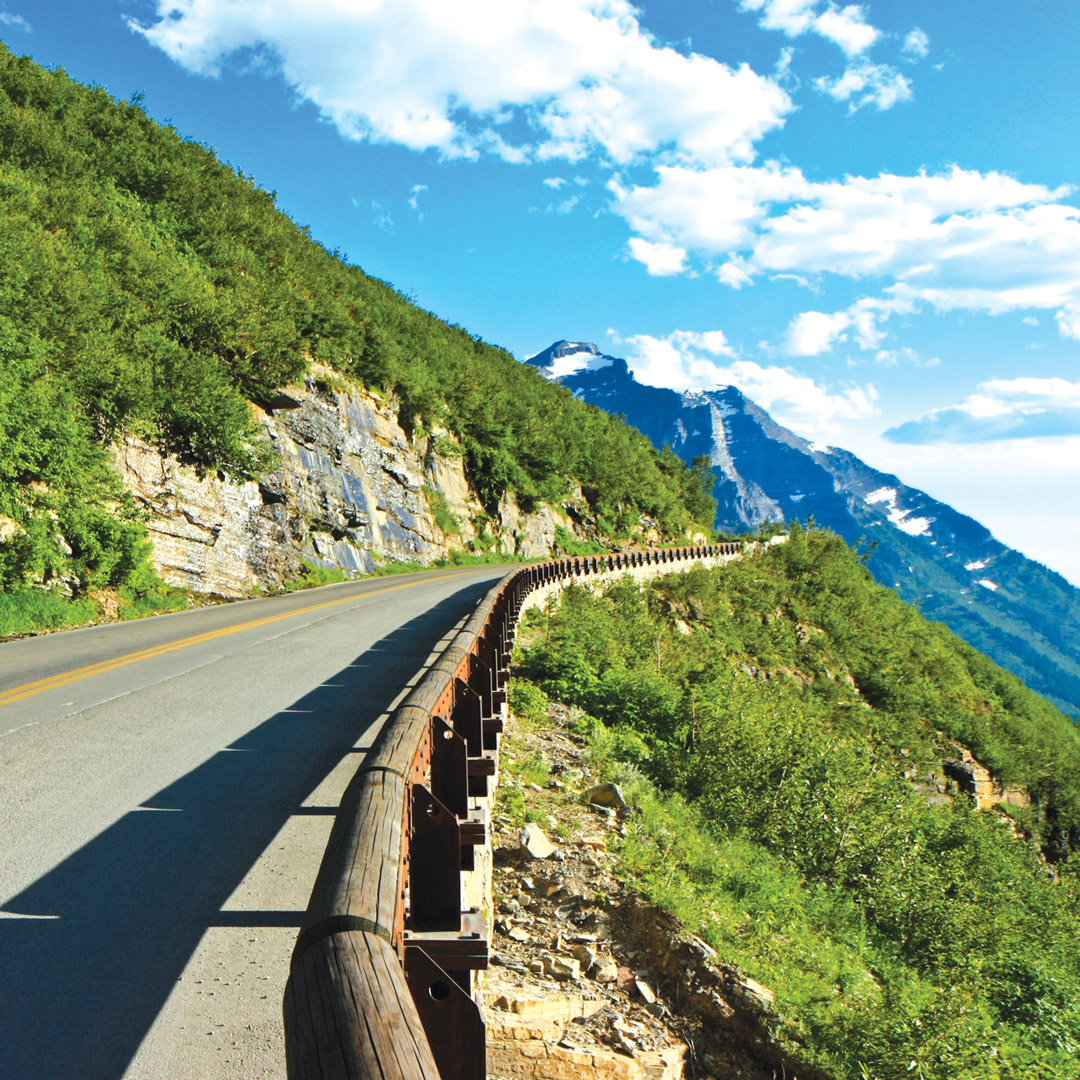
Day 1
Start your trip in Missoula, northwestern Montana’s cultural hub and an easy place to land. Spend the morning exploring downtown and walking along the Clark Fork River, which cuts right through downtown and is bordered by trails. When you’re ready to move on, head north up the Mission Valley, home of the Flathead Reservation to Flathead Lake, the largest freshwater lake in the West. Stop for a late lunch in bustling Bigfork, 100 miles from Missoula, then continue another 32 miles to Whitefish, the region’s recreational capital, for dinner and lodging.
Day 2
Eat a hearty breakfast at the Buffalo Cafe in Whitefish, then head 32 miles east to begin a tour of Glacier National Park. Your best bet (at least during the summer) is to drive through the park on the Going-to-the-Sun Road. Even a relatively deliberate drive along this 50-mile-long road can take all day, so plan to either spend at least one night in a park lodge or in the eastside border town of St. Mary.
Day 3
From Glacier National Park’s eastern edge just south of St. Mary, you can see the striking Rocky Mountain Front as you travel south along Highway 89. It’s about 140 miles from St. Mary to Great Falls, where visits to the Lewis and Clark National Historic Trail Interpretive Center and the C. M. Russell Museum will easily fill a day. Dive into another sort of Montana culture with an evening visit to the Sip ‘N’ Dip, where bar-goers are visited by mermaids.
Newsletter Signup
By clicking ‘Sign Up,’ I acknowledge that I have read and agree to Hachette Book Group’s Privacy Policy and Terms of Use
Day 4
From Great Falls, it’s just over 100 miles east on Highway 87 to Lewistown, which is small enough to give you the flavor of eastern Montana life. Lewistown is surrounded by places to hike, fish, or explore (including ghost towns and the Missouri River badlands). It’s another 125 miles to Billings, where you can get a taste “big” city life in the Big Sky state. Spend the night (there’s a vibrant bar and brewpub scene here).
Day 5
The next morning drive about 60 miles southeast from Billings on I-90 to the Little Bighorn Battlefield National Monument, where General Custer, along with many others, died. Head back to I-90 and venture west; at Laurel turn south on Highway 310 for about 10 miles, then southwest on Highway 212 for about 30 miles to Red Lodge (about 120 miles from the battlefield), at the base of the Beartooth Highway. Spend the night in Red Lodge, where there are plenty of restaurants and a good brewpub.
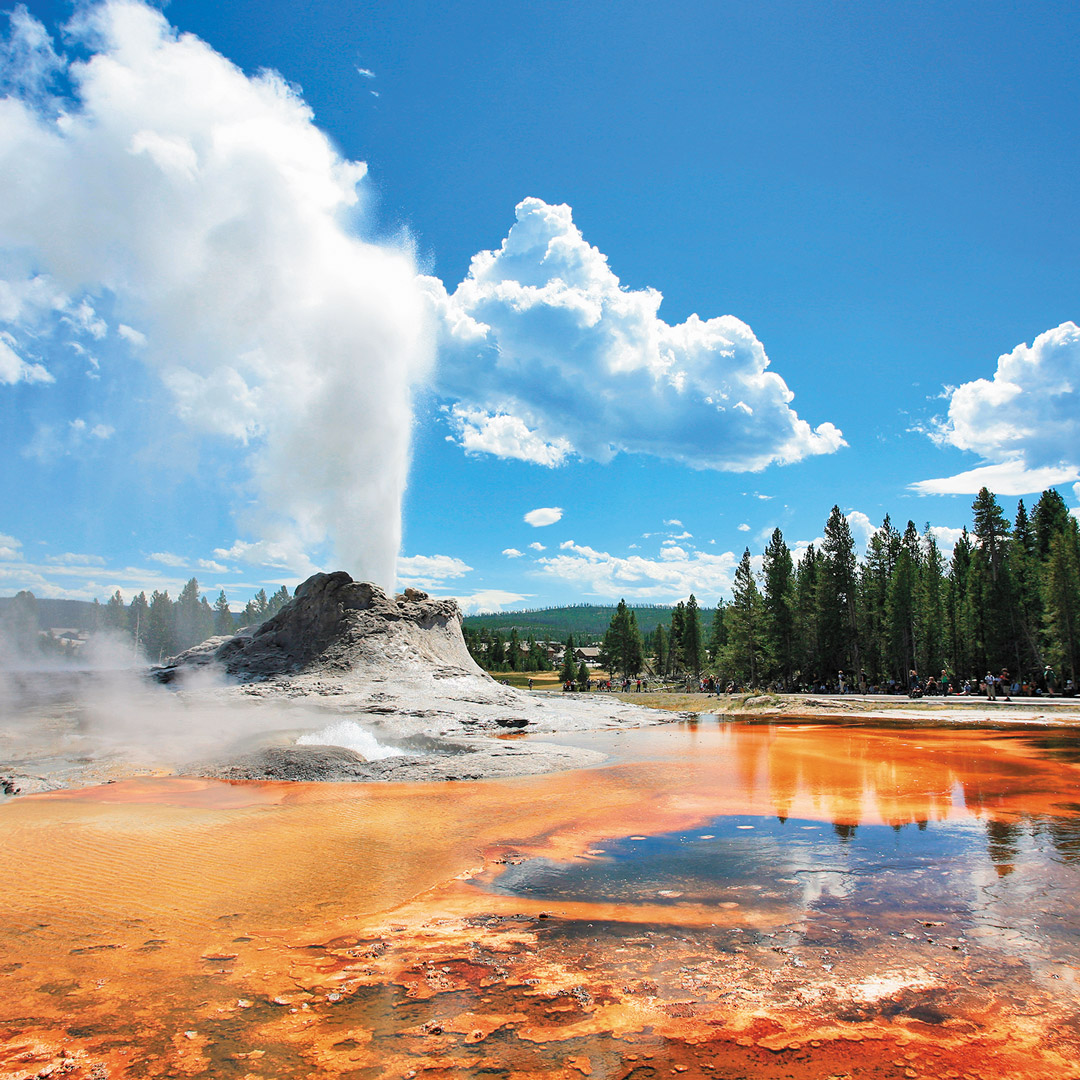
Day 6
Plan to spend a day driving the winding Beartooth Highway up to Yellowstone National Park, where you can stay as long as you like and never run out of places to explore. Though it’s only 120 miles from Red Lodge to Gardiner via the Beartooth Highway (Highway 212), it’s an all-day drive. When it’s time to leave Yellowstone, ease your transition by staying about 25 miles north of the park at Chico Hot Springs.
Day 7
After a morning soak and breakfast, travel north on Highway 89 for 25 miles to Livingston, which is a quirky hybrid of old and new West, with atmospheric old bars and high-end art galleries sharing Main Street. Just 26 miles west of Livingston on I-90 is Bozeman, home of Montana State University and the Museum of the Rockies (a dinosaur lover’s must-see).
Continue on I-90 west as far as Three Forks (30 miles west of Bozeman), where at the Missouri headwaters, Lewis and Clark had to make some tough travel-planning choices. (As do you—if you’re running short on time, take I-90 west 173 miles back to Missoula.) Tiny Three Forks has a lovely state park at the headwaters, and an equally lovely old inn, the Sacajawea Hotel.
Day 8
To continue an exploration of Montana’s heritage, head south 62 miles on Highway 87 to Virginia and Nevada Cities, where frontier-era buildings have been preserved, and there’s a visceral sense of the ruggedness of gold-rush towns. For a true ghost town that’s remarkably well preserved, don’t miss Bannack, just south of Highway 278, west of Dillon and about 80 miles from Virginia City, on the edge of the expansive Big Hole Valley. For the night’s lodgings, you could backtrack 25 miles to Dillon or continue 30 miles to the Big Hole town of Jackson, where Jackson Hot Springs is full of Western spirit.
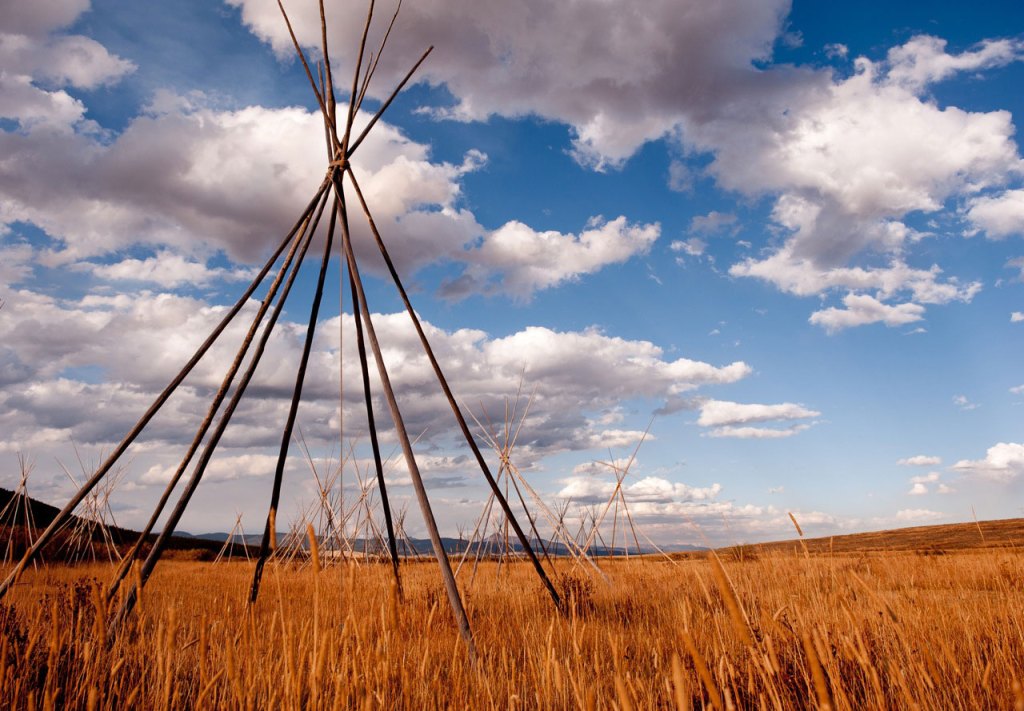
Day 9
Follow Highways 278 and 43 west over Chief Joseph Pass, and stop along Highway 43 about 30 miles west of Jackson to visit the Big Hole National Battlefield, where the Nez Perce, fleeing their Oregon homeland, were attacked by the U.S. Army.
Once you reach the Bitterroot Valley, it’s an easy drive (about 100 miles north along Highway 93) back to Missoula.
Newsletter Signup
By clicking ‘Sign Up,’ I acknowledge that I have read and agree to Hachette Book Group’s Privacy Policy and Terms of Use
Pin For Later
